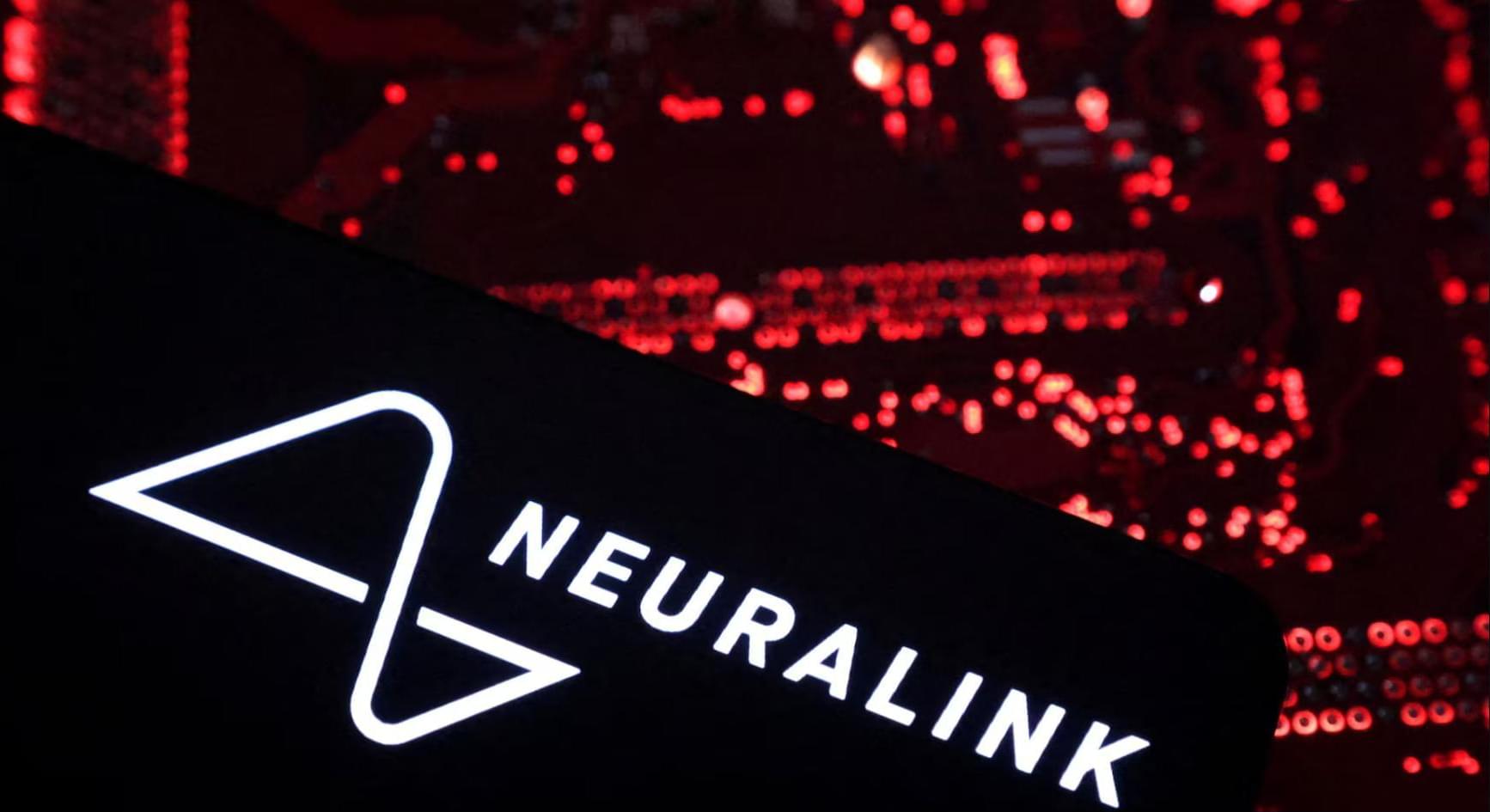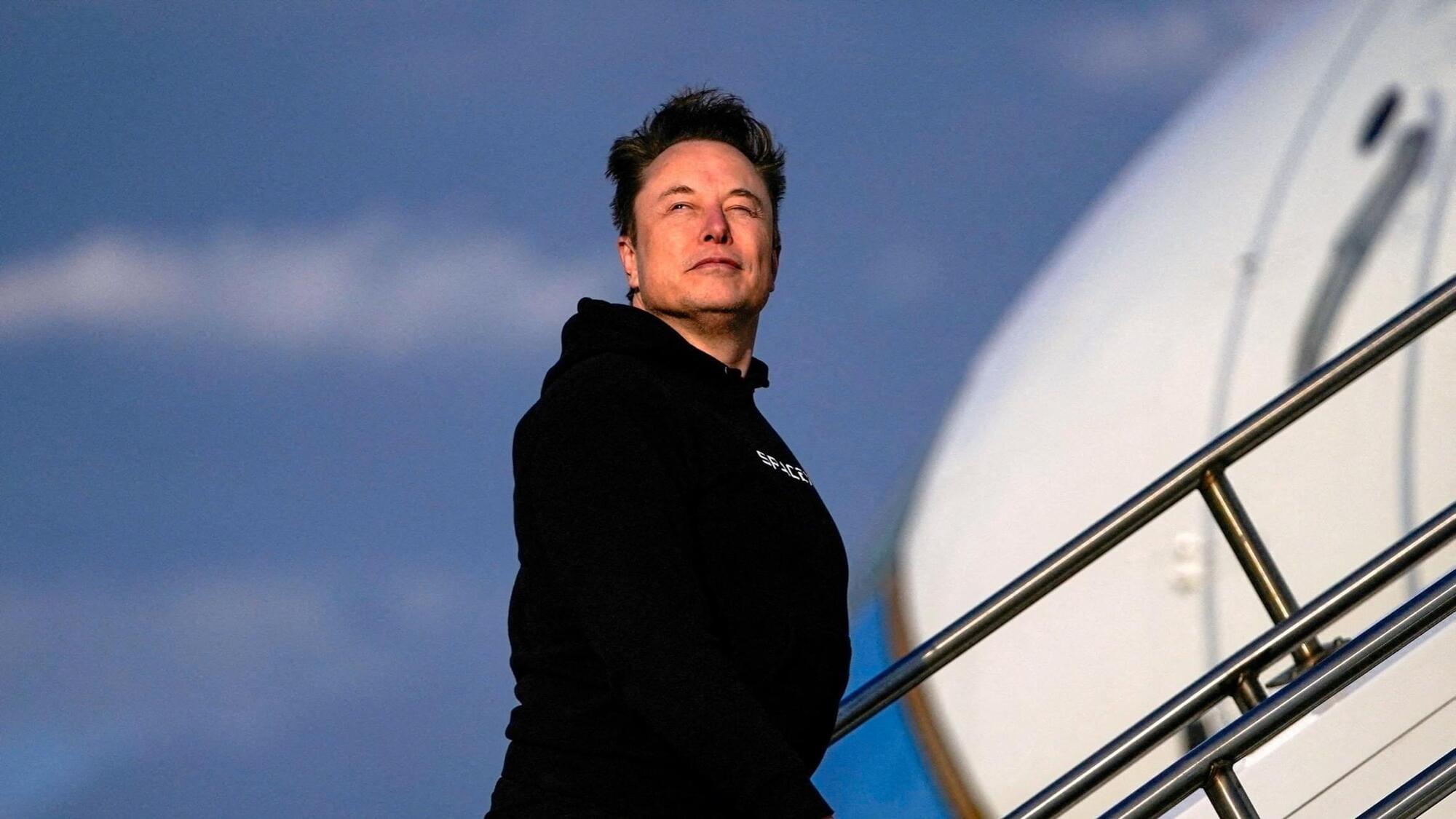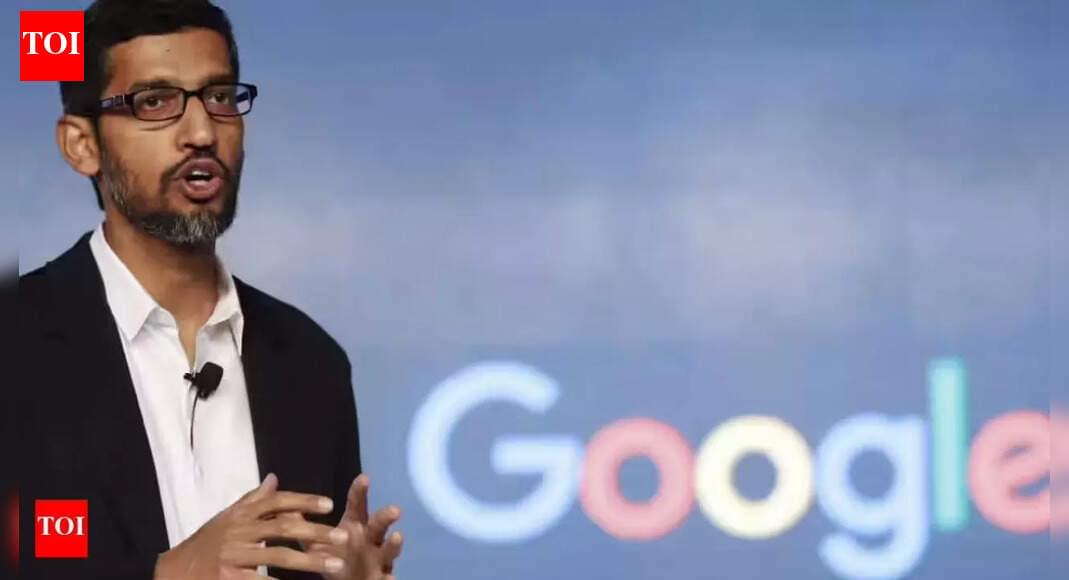Elon Musk’s brain implant company Neuralink will start “high-volume production” of brain-computer interface devices and move to an entirely automated surgical procedure in 2026, Musk said in a post on the social media platform X on Wednesday.


A robot revolution, driven by advancements in robotics and AI, is imminent and will drastically transform the economy, labor, and society, leading to a post-labor, post-scarcity system with abundant energy and labor ##
## Questions to inspire discussion.
Investment & National Strategy.
🚀 Q: Why should governments prioritize humanoid robot investment now? A: Governments must treat humanoid robots as a national priority for transforming productivity and defense, with enormous investments justified because there’s no time to lose as both the US and China have already recognized this imperative.
💰 Q: What economic growth rates become possible with early humanoid robot adoption? A: Spinning up the humanoid robot flywheel early enables exponential economic growth rates of 20–100% per year, unlocking unprecedented prosperity and catapulting societies up the curve over the next 15 years.
⚡ Q: Which countries or entities will likely lead the humanoid robot transformation? A: Outsiders rather than incumbents or centers of power will lead the transformation to a new economic paradigm, as history shows leadership typically comes from the edge rather than the status quo.
Astronomer Royal Lord Martin Rees predicts AI-Alien discovery in the next 10 years. And he thinks he can figure out whether they’ll let us live or not. Inspired by Elon Musk’s exploits (yep he’s everywhere ain’t he) me and Lord Martin go on a deep dive into the minds of AI-Aliens. Massive thank you to Lord Martin for granting me an interview and massive thanks to Rik for the brilliant soundtrack.
Support me on Patreon: / astrobiscuit.
Further reading: “The End of Astronauts” by Lord Martin Rees: https://amzn.to/3l7NqlP
Riktenstein’s album: https://riktenstein.bandcamp.com/foll… discord server: https://astrobiscuit.com/discord/ Astrobiscuit Shop: https://astrobiscuit.com/shop.
Astrobiscuit discord server: https://astrobiscuit.com/discord/
Astrobiscuit Shop: https://astrobiscuit.com/shop

Questions to inspire discussion.
Launch Economics & Viability.
🚀 Q: What launch cost makes space data centers economically competitive? A: Space data centers become cost-competitive with ground systems when launch costs drop to approximately $200/kg, according to Google’s Suncatcher paper, making the economics viable for moving compute infrastructure off-Earth.
💰 Q: Why might SpaceX pursue a $1.5 trillion IPO valuation? A: The projected $1.5 trillion SpaceX IPO valuation is speculated to fund the capital-intensive race to establish space-based data centers and secure the best orbital positions before competitors.
🏢 Q: Which companies can realistically build space data centers first? A: Vertically integrated organizations like SpaceX, Relativity Space, and Blue Origin lead because they control launch infrastructure, can self-fund deployment, and serve as their own customers for space compute capacity.
🛰️ Q: How would space data centers physically connect GPUs across satellites? A: Multiple free-flying satellites in formation (like 20+ Starlink satellites) use inter-satellite optical connections to enable communication between GPUs, creating high-density computing clusters in orbit.
🔹 Q: What specific cost advantages does SPARC offer beyond eliminating underwriting fees? A: SPARC reduces friction, cost, and time by bypassing the traditional investment banking process entirely, eliminating promotional fees and creating a cleaner, more transparent process than traditional SPACs.
🔹 Q: How would Tesla shareholders get early access to SpaceX shares through SPARC? A: Tesla shareholders would receive special rights to acquire SpaceX shares at the IPO price before the public, potentially through warrants at a discounted price, allowing them to benefit from SpaceX’s future growth.
🔹 Q: What advantage does SPARC provide Tesla investors over traditional IPO allocation? A: SPARC enables more equitable allocation of SpaceX shares to Tesla investors, avoiding the traditional gated process that benefits Wall Street bankers’ friends and their preferred clients.
🔹 Q: How could SpaceX share access impact Tesla’s stock price? A: The SPARC structure allowing Tesla shareholders to receive warrants for SpaceX shares at discounted prices could potentially boost Tesla’s stock price by providing unique value to existing shareholders.
Pricing Control.
🔹 Q: Who controls pricing in SPARC versus traditional IPO? A: SPARC allows the public to set the price rather than banker control, giving SpaceX more control over pricing decisions compared to traditional IPO where investment banks determine valuation.
SpaceX is preparing for a potential IPO by buying back shares from institutional holders and allowing existing shareholders to sell shares, while its affiliate company Tesla is making progress in autonomous driving technology with plans to launch robo-taxis in multiple cities ## Questions to inspire discussion.
SpaceX Investment Access.
🔐 Q: How can individual investors access SpaceX shares before the IPO?
A: Investors must be accredited with liquid net worth over $1M (excluding home) and can access shares through special purpose vehicles (SPVs) that charge upfront fees and 10% carry on returns.
💰 Q: What is the minimum investment required to buy SpaceX shares directly?
A: Direct SpaceX share purchases require $50M-$1B investments due to SEC’s 2,000 shareholder cap for private companies, making SPVs the only option for smaller investors.
Elon Musk is considering Tesla taking a pre-IPO stake in SpaceX to integrate their businesses, accelerate ambitious projects, and increase the value of both companies ## ## Questions to inspire discussion.
Strategic Governance Alignment.
🔄 Q: Why should Tesla acquire a pre-IPO stake in SpaceX rather than waiting until after the IPO? A: A pre-IPO stake resolves governance and conflict risks before SpaceX’s planned $30B IPO in mid-2026, ensuring all transactions are recorded as part of the IPO and avoiding complications that could impact IPO pricing or create persistent post-IPO conflicts between the two companies.
🎯 Q: What is the core governance problem Tesla shareholders currently face with SpaceX? A: Tesla shareholders are exposed to SpaceX outcomes through dependencies on Starlink connectivity, orbital compute, and launch cadence without any ownership rights, governance rights, or downside protection as the companies converge operationally but not financially.
⚖️ Q: How would a pre-IPO stake transaction affect Tesla’s ownership structure and Musk’s control? A: The transaction would dilute Tesla by 20% but could raise market cap to $1.62-2T, increasing Musk’s stake to 22.1–24% and his net worth approaching $1T, enabling him to achieve 25% control significantly earlier than under the compensation plan.
Capital Requirements and Infrastructure.
Money is supposed to be the reward for effort. Elon Musk thinks it eventually becomes unnecessary paperwork.
While talking with Indian entrepreneur and investor Nikhil Kamath on the “People by WTF” podcast last month, the Tesla and SpaceX CEO and richest man in the world returned to a theme he’s raised before. It’s one he treats less like a theory and more like an inevitability. As artificial intelligence and robotics accelerate, Musk believes society moves past jobs, past income debates, and straight into something stranger.
Prediction Market powered by.

The TOI Tech Desk is a dedicated team of journalists committed to delivering the latest and most relevant news from the world of technology to readers of The Times of India. TOI Tech Desk’s news coverage spans a wide spectrum across gadget launches, gadget reviews, trends, in-depth analysis, exclusive reports and breaking stories that impact technology and the digital universe. Be it how-tos or the latest happenings in AI, cybersecurity, personal gadgets, platforms like WhatsApp, Instagram, Facebook and more; TOI Tech Desk brings the news with accuracy and authenticity.